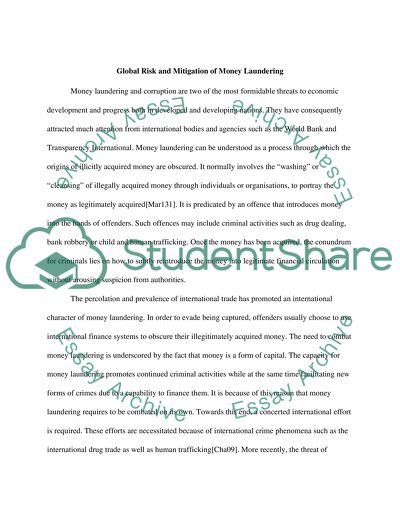Cite this document
(“INTERNATIONAL LAW Coursework Example | Topics and Well Written Essays - 2500 words”, n.d.)
INTERNATIONAL LAW Coursework Example | Topics and Well Written Essays - 2500 words. Retrieved from https://studentshare.org/law/1668813-international-law
INTERNATIONAL LAW Coursework Example | Topics and Well Written Essays - 2500 words. Retrieved from https://studentshare.org/law/1668813-international-law
(INTERNATIONAL LAW Coursework Example | Topics and Well Written Essays - 2500 Words)
INTERNATIONAL LAW Coursework Example | Topics and Well Written Essays - 2500 Words. https://studentshare.org/law/1668813-international-law.
INTERNATIONAL LAW Coursework Example | Topics and Well Written Essays - 2500 Words. https://studentshare.org/law/1668813-international-law.
“INTERNATIONAL LAW Coursework Example | Topics and Well Written Essays - 2500 Words”, n.d. https://studentshare.org/law/1668813-international-law.


